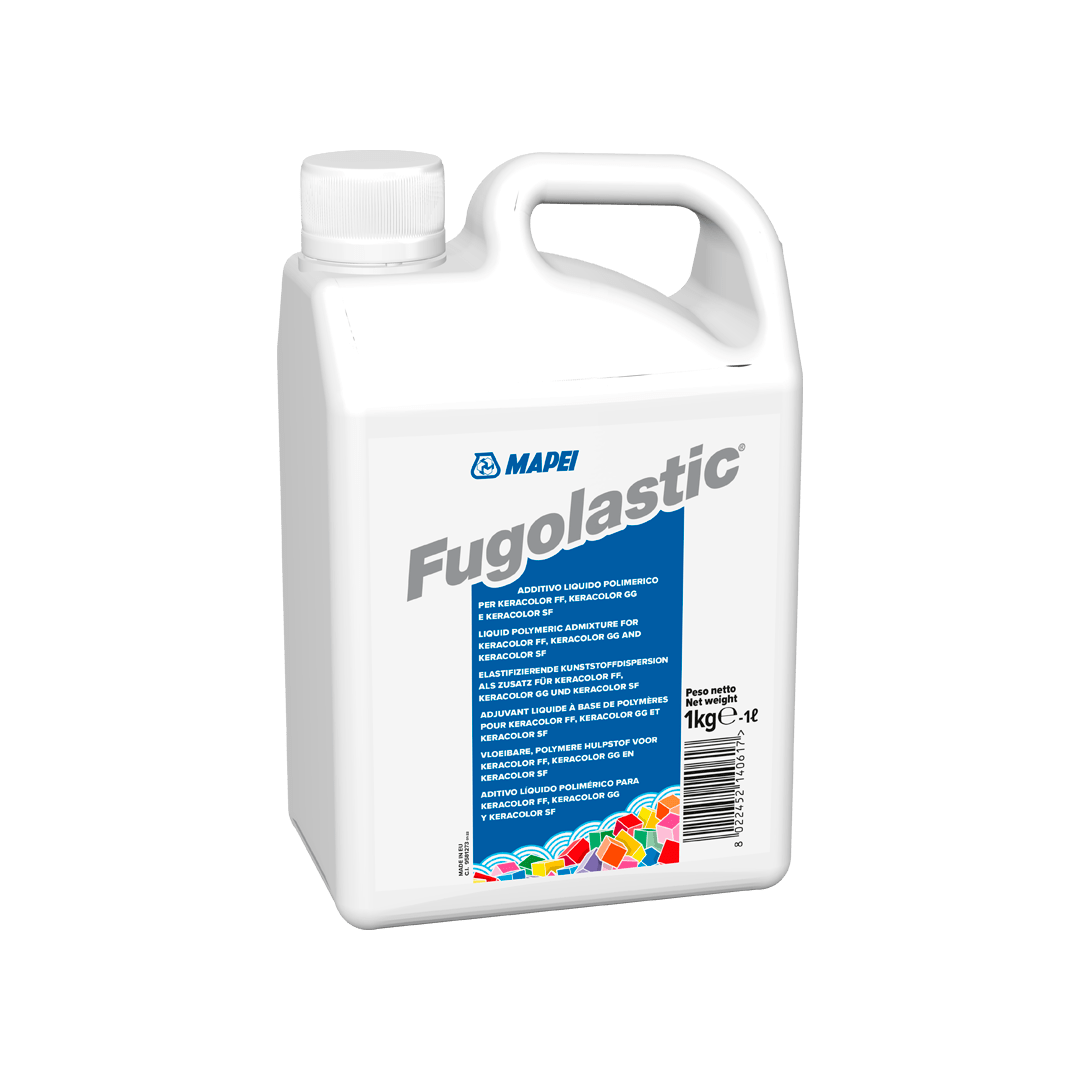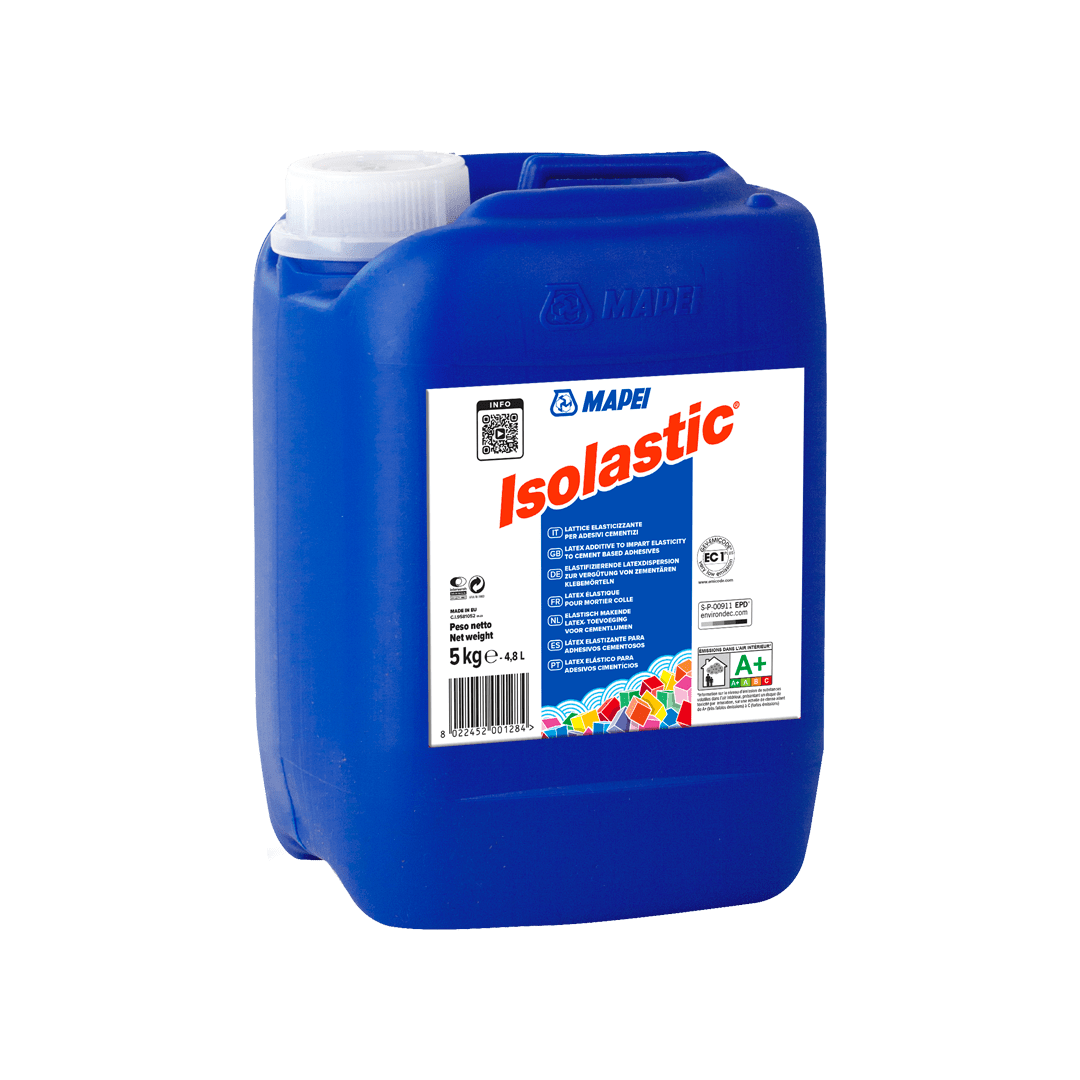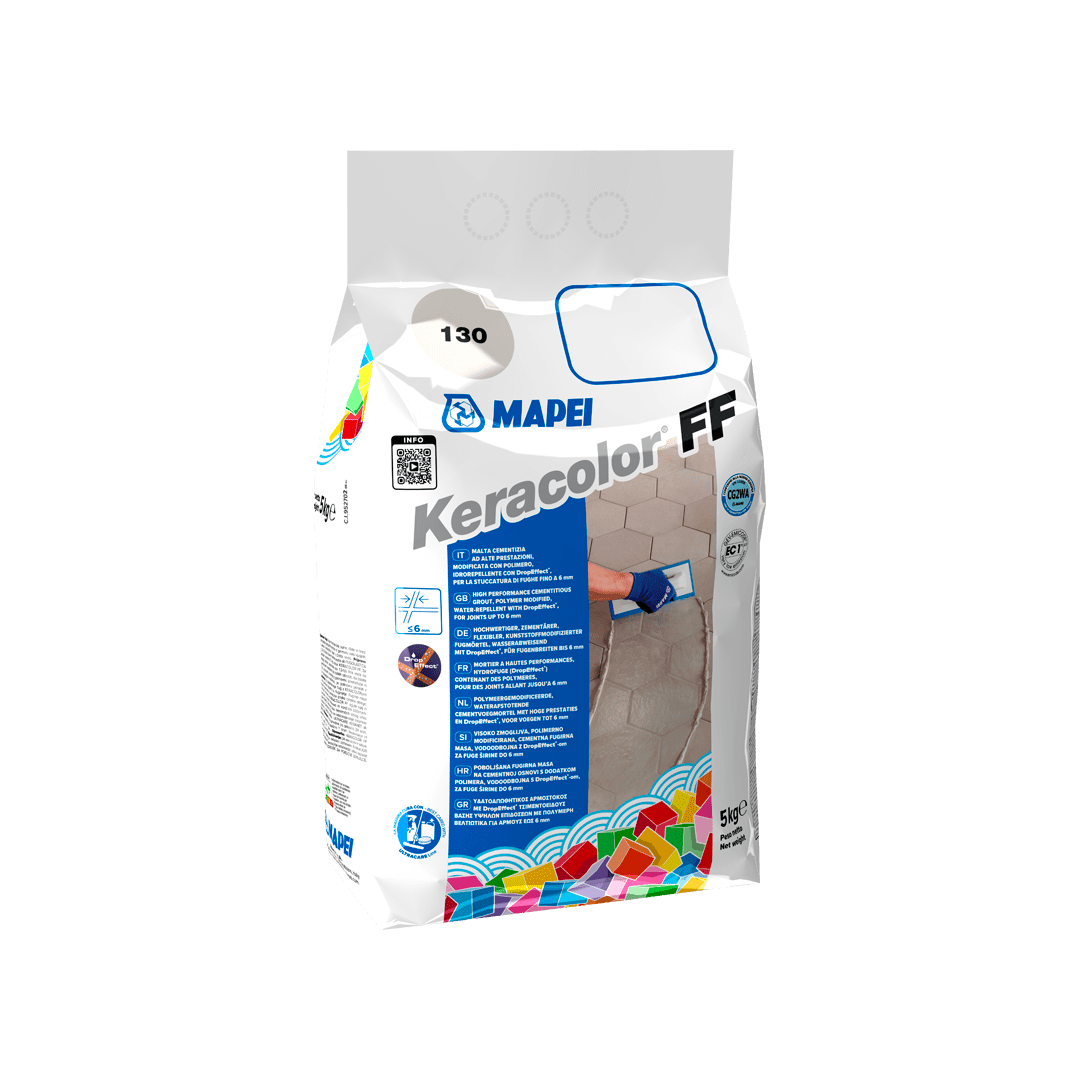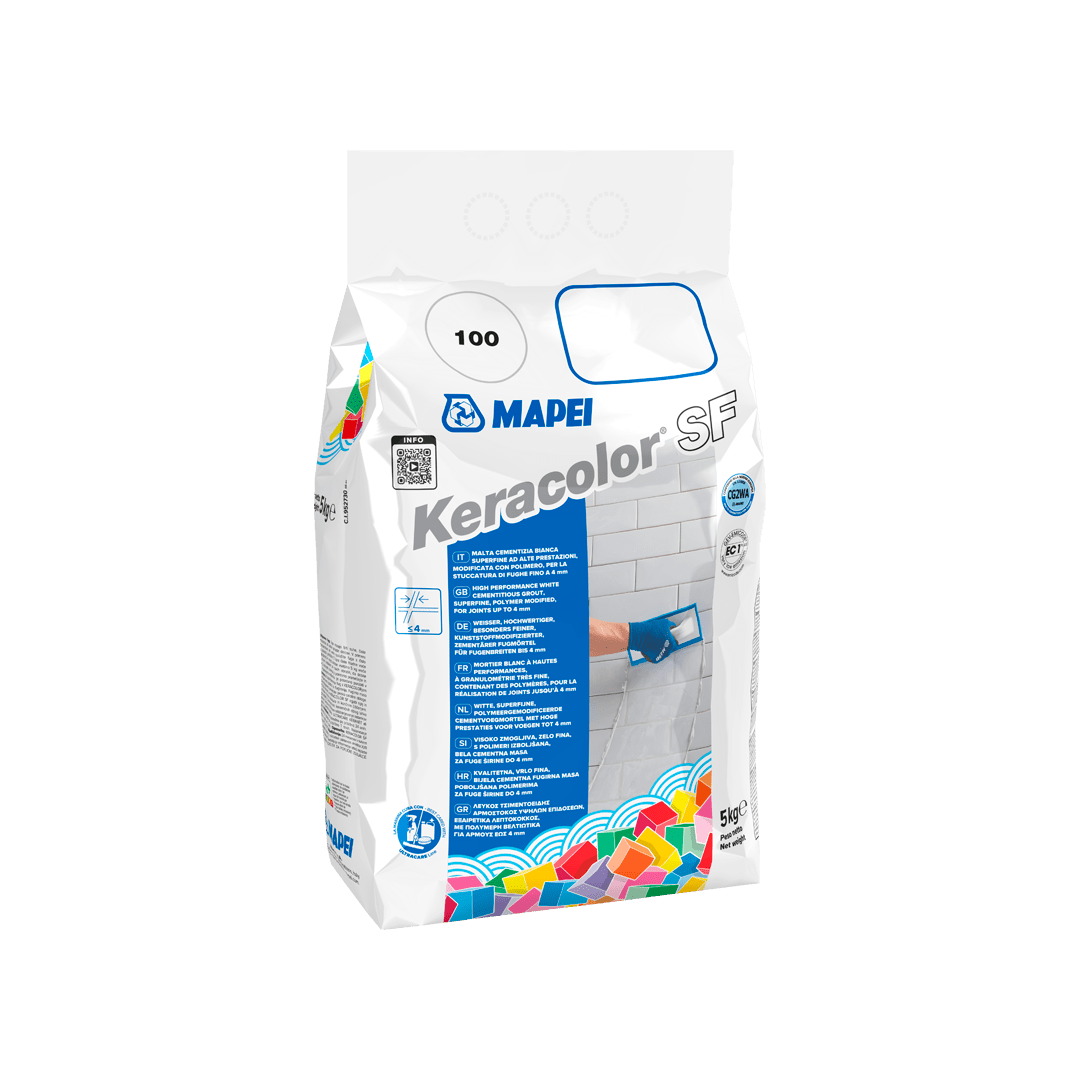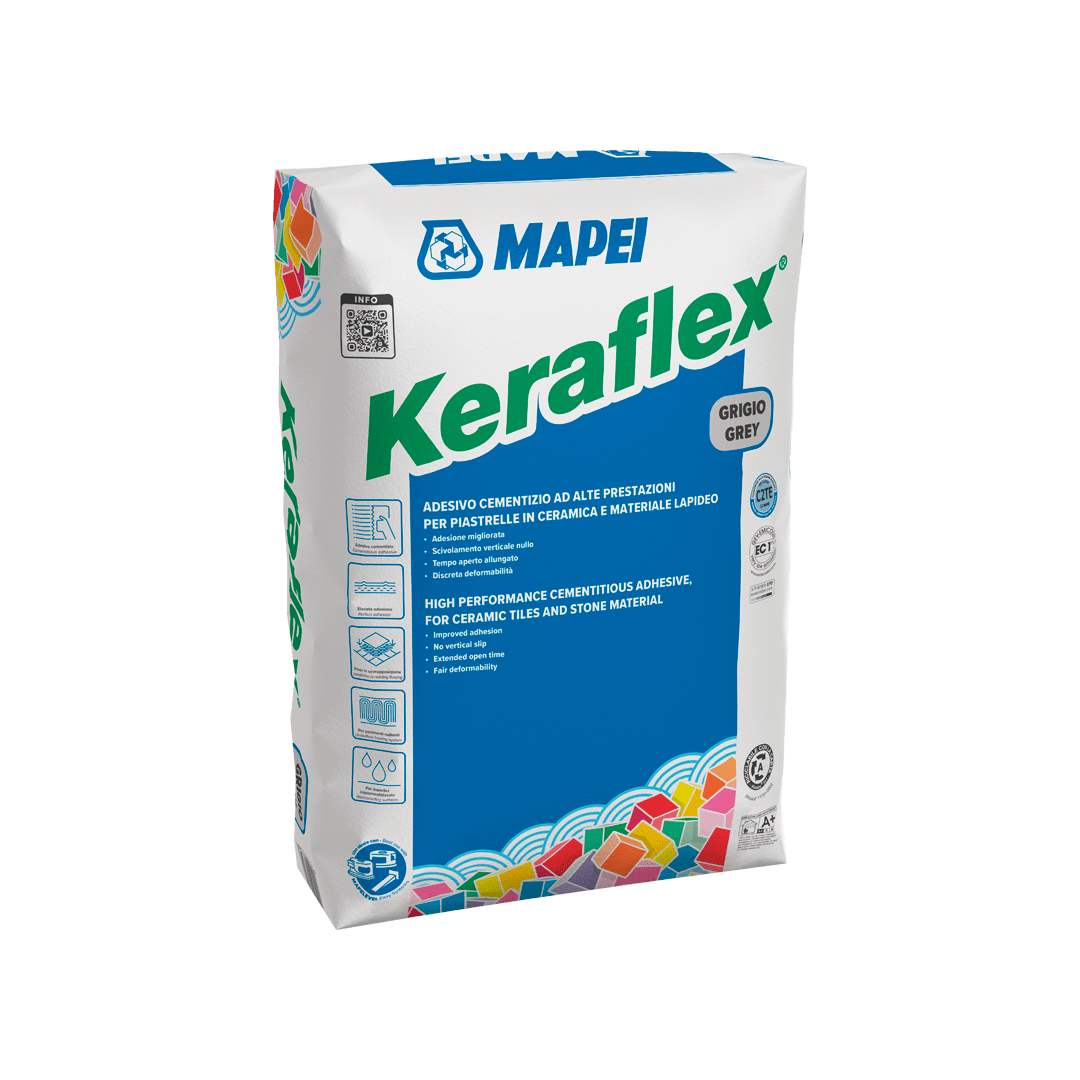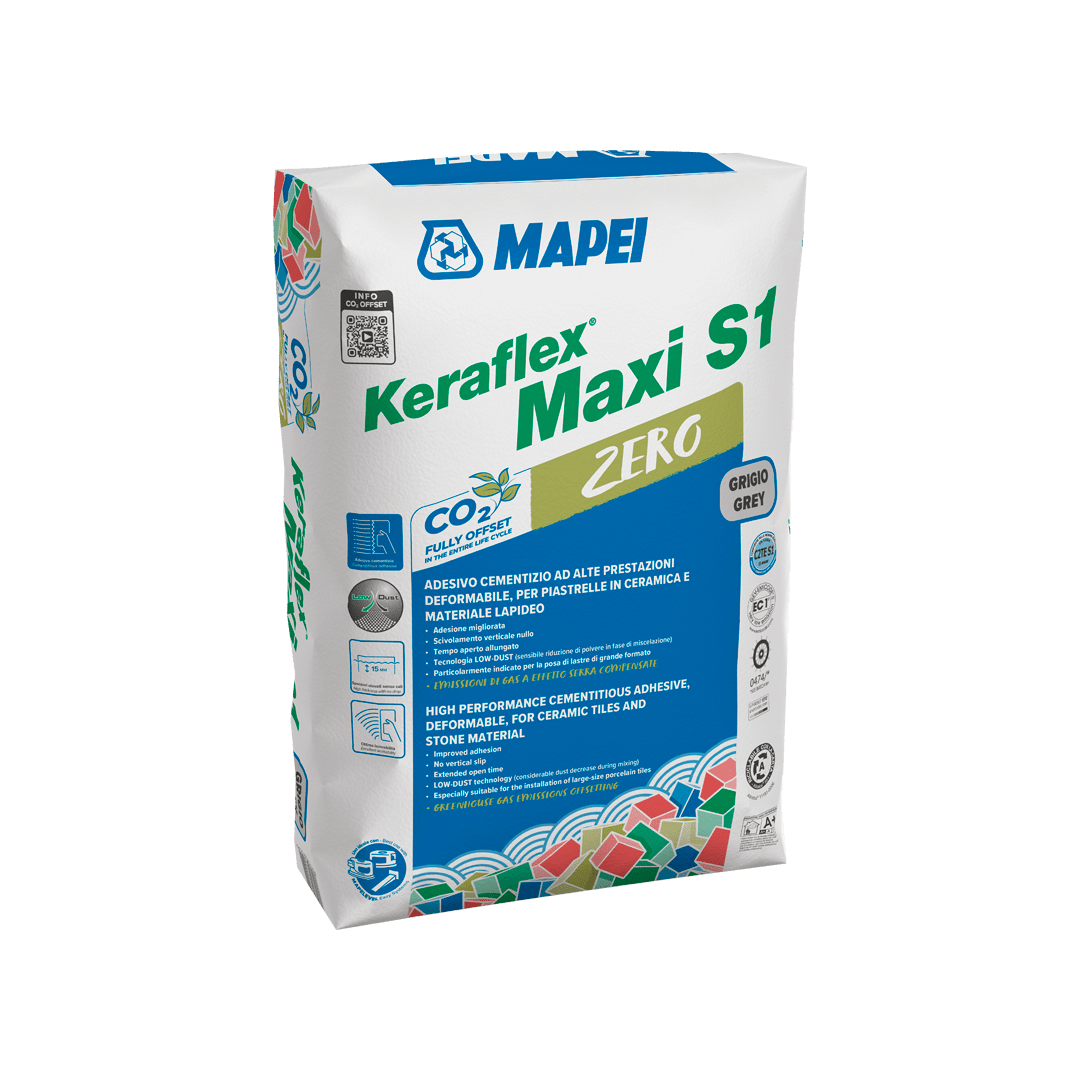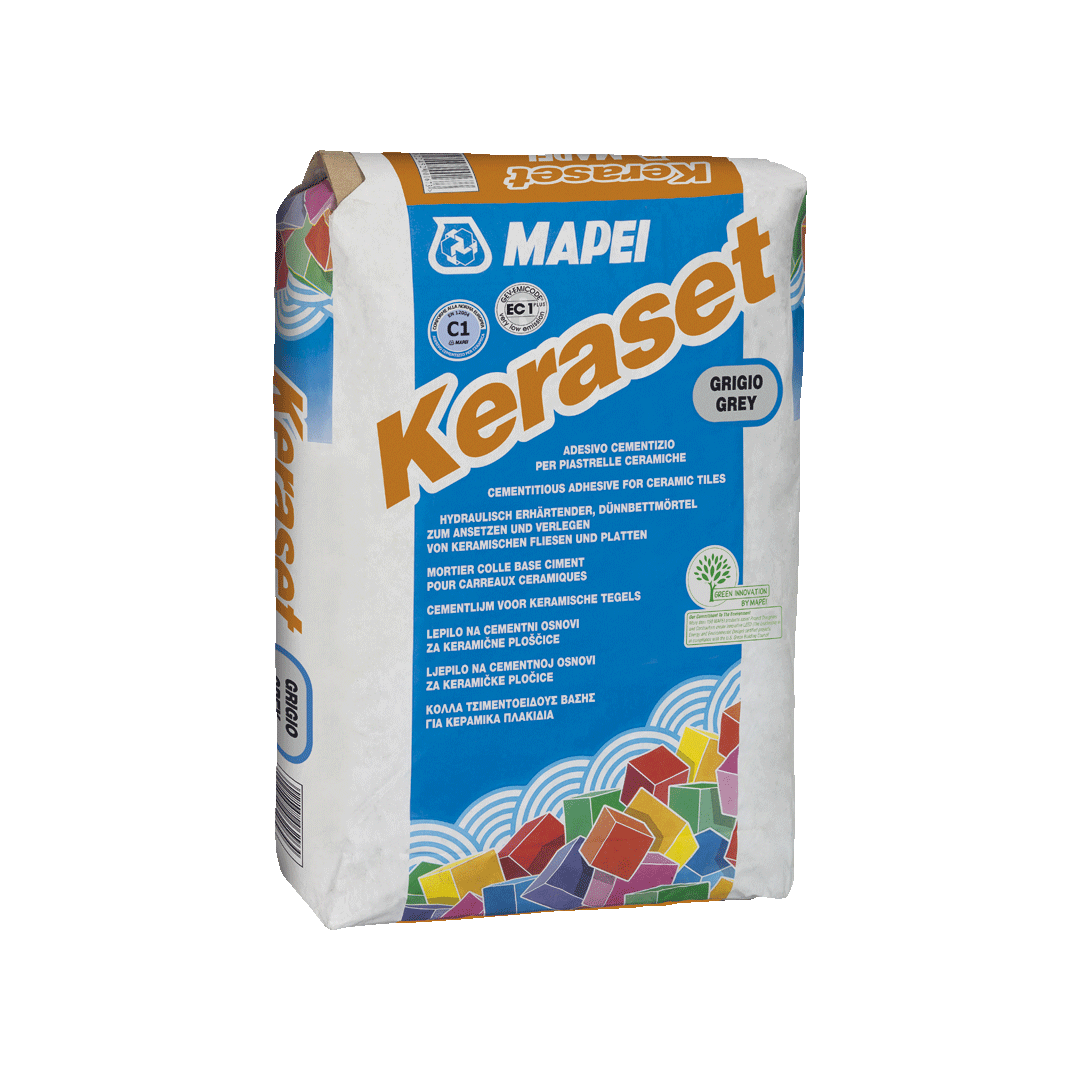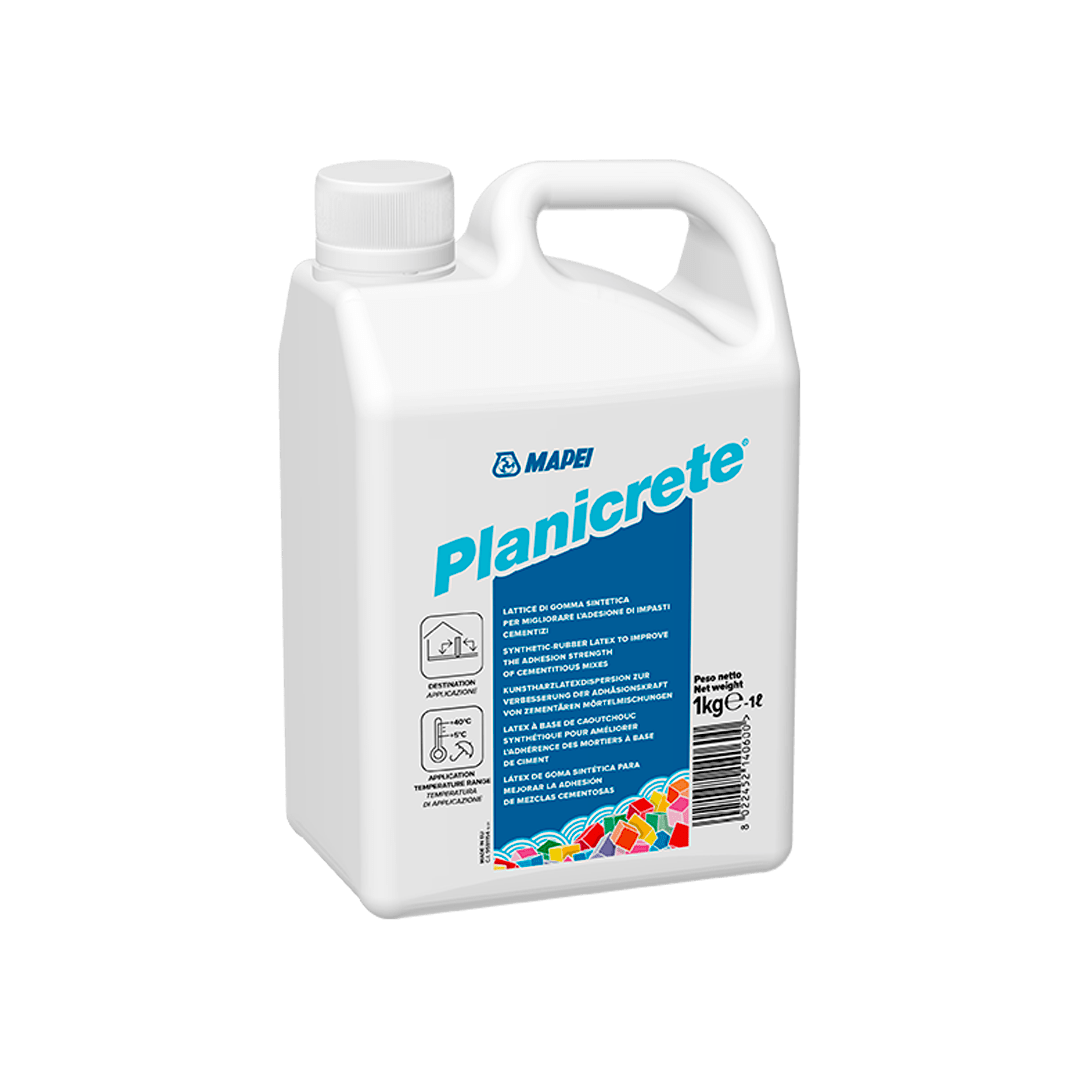

Projects
/
8/20/2024
Façades with a raindrop effect and elegant interiors for the new Equatorial Plaza
Products for installing ceramic and stone floor and wall coverings in a new complex, an icon of the Malaysian capital’s skyline
The new Equatorial Plaza in Kuala Lumpur, completed in 2019, is the result of a project focusing on innovative design and sustainability. Originally intended as a renovation, the project evolved into a new build, blending hotel and office spaces with striking architectural features. Mapei Malaysia's materials contributed to the building's high standards of elegance and durability.
A chameleonic project. That is how you could define what led to the completion of the new Equatorial Plaza, or EQ, which since 2019 has been gracing the skyline of Kuala Lumpur. The initial scope of the design project was to renovate the 18-storey building, home of the Equatorial Hotel and a point of reference for visitors to the Malaysian capital since 1973.
The design studio commissioned for the work, however, GDP Architects, had to change direction very early on. “The local authorities wanted the building to be more in line with the rest of Kuala Lumpur’s skyline, to be of a certain density. So, they encouraged us to rebuild anew”, said Bibi See, an associate at GDP Architects.
Client and architects embraced this new opportunity to relook the design. In the end the studio chose to construct a tower with the guest rooms of the hotel on the upper floors and offices on the 23 floors below the hotel, extending outwards.
A podium was added to the vertical volumes of the hotel, which was inserted at the base of the complex to house the communal and service areas. A skilful combination of sections in stainless steel and panels in dark glass purposely creates an effect on the façades similar to that of raindrops, a characteristic feature of the local climate.
But it is not only because of its intersecting volumes and striking façades that this skyscraper captures the eye of those coming across it from the nearby Jalan Sultan Ismail, one of the most elegant and busiest roads in Kuala Lumpur.
The entrance, with its wide projecting roof, large columns, bright spheres and striking windows all come together to create this effect of grandeur.
And just past the entrance there is an atrium in Art Deco style, a large spiral stairway and luxurious stone wall coverings, all of which contribute in maintaining such a high level of elegance and magnificence.
Products supplied by Mapei Malaysia to install ceramic and stone floor and wall coverings in numerous rooms and areas of the complex also played a key role in creating this effect.

Mapei products were used to install ceramic tiles and stone materials on walls and floors in the interiors and exteriors of the hotel.
From entrances to restrooms
The majestic marble floors and walls which, below the projecting roof opposite the entrances, welcome guests upon their arrival, were bonded using KERASET cementitious adhesive and PLANICRETE SP1 synthetic latex rubber, which is distributed on the Malaysian market by Mapei Malaysia. KERASET was chosen for its workability and because it may be applied on vertical surfaces without slumping and allowing tiles to slip, while mixing it with PLANICRETE SP1 improved its mechanical properties and bonding strength.
The same adhesive system was also chosen for the stone floor and wall coverings in the reception area of the lobby as well as for the walls of the lifts.
The joints in the bathrooms in these areas were grouted with KERACOLOR SF super fine cementitious mortar with very low emission of volatile organic compounds (certified EMICODE EC1Plus by GEV), which guarantees high durability and smooth, compact and easy to clean surfaces.
Continuing on the journey taken by guests of the hotel we arrive at the rooms where, in the bathrooms, KERAFLEX cementitious adhesive was used to install porcelain tiles on the floors.
KERAFLEX MAXI S1, on the other hand, was chosen to bond large format slabs of marble on the walls of the bathrooms. This is a deformable cementitious adhesive particularly suitable for large formats, and also because it has no vertical slip. The product’s bonding strength was tested on site by carrying out a series of pull-off tests and applied using the double-buttering technique to ensure perfect adhesion.
KERAFLEX MAXI S1, which has always had very low emission of volatile organic compounds, is now available in its ZERO* formulation: CO2 emissions measured throughout its life cycle in 2024 using LCA methodology, verified and certified by its EPD (Environmental Product Declaration), are offset through the acquisition of certified carbon credits in support of forestry protection projects.
Here, too, the joints in the ceramic tiles and stone in the bathrooms were grouted with KERACOLOR SF.

In the bathrooms of the guestrooms, KERAFLEX was again used to bond porcelain tiles on the floors
From swimming pools to the restaurant
Guests at the hotel can also make use of the outdoor swimming pool and enjoy breath-taking views of several districts of Kuala Lumpur. The glass mosaics for the surfaces in the pool were bonded using a system consisting of KERABOND T cementitious adhesive with no vertical slip mixed with ISOLASTIC 50 latex, distributed on the Malaysian market by Mapei Malaysia. KERABOND T guarantees high bonding strength and a level of thixotropy that enables it to be applied on vertical surfaces without slumping and without allowing tiles to slip By mixing it with ISOLASTIC 50, this adhesive becomes more elastic and has higher bonding strength. In this case, KERACOLOR FF polymer-modified cementitious mortar was opted for grouting the joints. Thanks to characteristics such as Drop Effect, water repellence, low water absorption and good resistance to acids, this mortar is particularly suitable for grouting surfaces constantly immersed in water, such as in swimming pools. And, by mixing the product with FUGOLASTIC liquid polymer admixture, it was possible to obtain the mechanical strength required, even for such severe service conditions.
The floors in the restaurant also carry the Mapei brand: the ceramic tiles were again bonded with KERAFLEX while the joints were grouted with KERACOLOR SF.

The glass mosaics in the pool were bonded with KERABOND T cementitious adhesive. Tile joints were grouted with KERACOLOR FF.
An icon of sustainability
The new Equatorial Plaza project complies with the requirements of the GBI (Green Building Index) Malaysia protocol and has been awarded a “Gold standard” rating. Without a doubt, this result is also due to the installation materials supplied by Mapei Malaysia, particularly those awarded EMICODE EC1 certification by GEV.
Apart from supplying products with high mechanical properties, sustainability and durability, Mapei Malaysia also provided the knowhow and expertise of the local Technical Services team to assist the installation companies during their work. Their support and assistance proved to be invaluable for the pull-out tests and the training given to the installers on how to apply the products before actually using them.
The transformation journey of the Hotel Equatorial into the present-day Equatorial Plaza is a story of possibilities. Architecture Malaysia magazine dedicated the cover of edition No.2 in 2019 to this new icon of Kuala Lumpur.
Project information
EQ Hotel, Kuala Lumpur (Malaysia)
Period of construction: 1970s
Period of renovation: 2015-2019
Owner: IJM Construction Sdn Bhd
Design: GDP Architects Sdn Bhd
Main contractor: IJM Construction Sdn Bhd
Installation companies: GLN Marble Sdn Bhd, Regionwell Marketing Sdn Bhd, TCB Construction Sdn Bhd
Period of the Mapei intervention: 2016-2019
Intervention by Mapei: supplying products for bonding and grouting ceramic tiles and stone on floors, walls and in the pool
Mapei coordinator: Alisonn Bong, Mapei Malaysia









